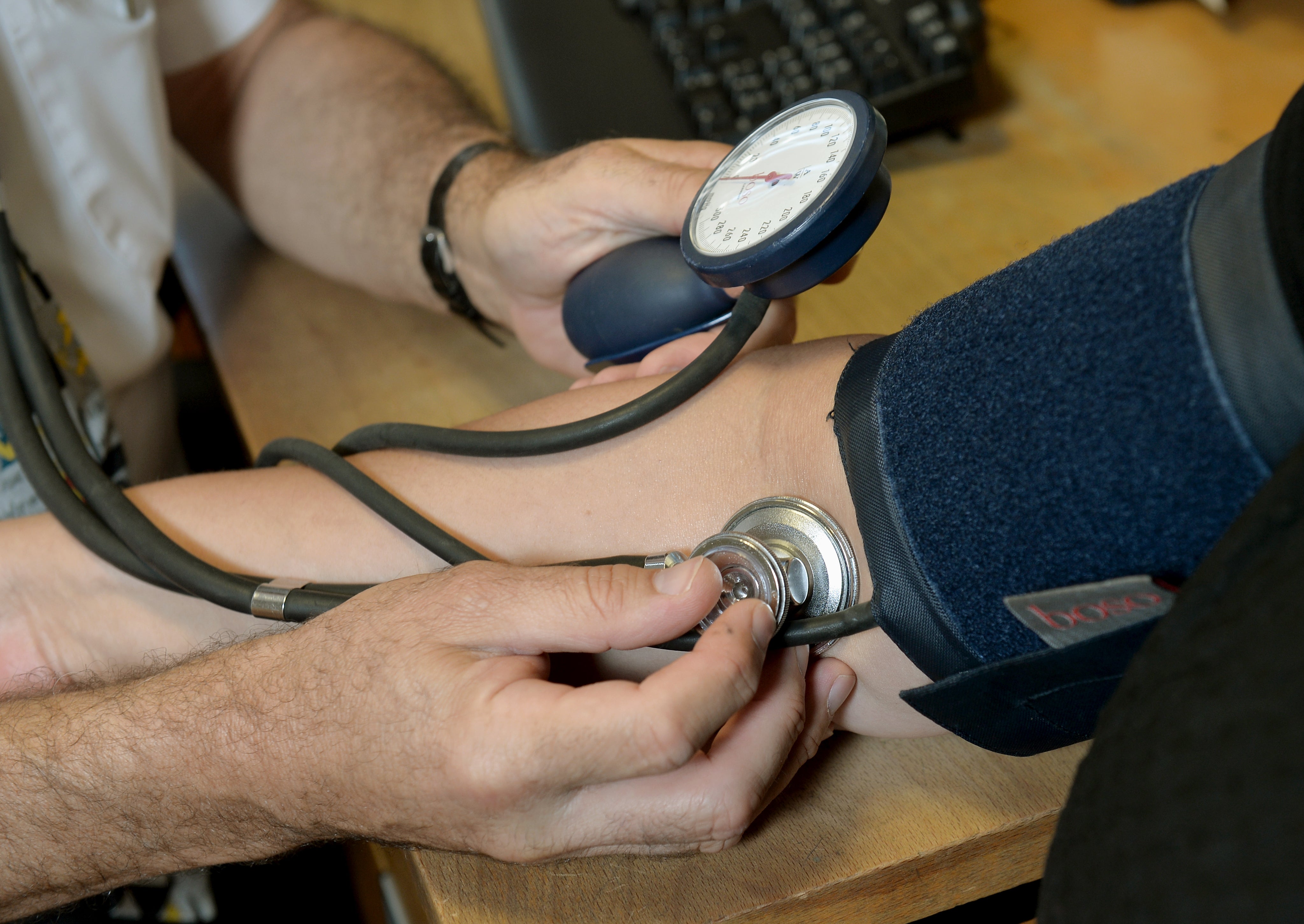New tool could help doctors spot early signs of sepsis
A new diagnostic tool has been developed to help GPs spot signs of the potentially deadly condition.

A new tool has been created to help spot a life-threatening condition before a patient even gets to hospital.
Sepsis occurs when the body overreacts to an infection and starts to damage the body’s own tissues and organs.
It can be deadly and is notoriously hard to spot.
Prediction models are used in hospitals so medics can keep an eye on patients and act quickly if sepsis is suspected.
These examine risk factors and vital signs which give a patient a score, this score is then used to help medics determine if the patient requires additional support.
But GPs’ decisions to refer patients with severe infections to the hospital are based on an “intuitive interpretation of signs, symptoms, and general impression of a patient” and until now there has been no diagnostic model available to support GP decisions to diagnose and manage sepsis, researchers said.
Experts, led by academics from Utrecht University in the Netherlands, set out to come up with a model which helps GPs predict whether sepsis is likely to occur within 72 hours.
Their new diagnostic model, published in the British Journal of General Practice, takes into account a patients’ age, temperature, blood pressure, heart rate, the levels of oxygen in the blood and mental status.
The team said that biomarkers found in the blood or other bodily fluids did not improve the performance of their model.
The model was tested on 357 patients with an average age of 80 from The Netherlands.
Among this group 42% were diagnosed with sepsis.
The team found that their simplified model performed in a “comparable” way to one of the prediction models used in hospitals.
The authors concluded: “In this observational cohort study, a new and easy-to-use prediction model was developed for the early recognition of sepsis in primary care.”
They added: “A simple score-based model can accurately predict sepsis in adult, primary care patients with suspected severe infections at home.
“The score does not replace clinical judgement, and further research will have to demonstrate how GPs can best use the score to improve the management of patients with possible sepsis.”
Commenting on the study, Dr Ron Daniels, executive director of the UK Sepsis Trust, said: “We are very pleased to see that the validation of scoring system to help predict the onset of sepsis in community settings is being taken seriously.
“With an estimated 80% of episodes of sepsis developing as a consequence of community-acquired infection, it is critical that we focus on these settings in order that we can predict the need for hospital assessment at an earlier stage.
“We urgently need further work in this area, including the use of point-of-care tests including biomarkers, to develop production models which can work across age ranges and comorbidities and be introduced at scale.”